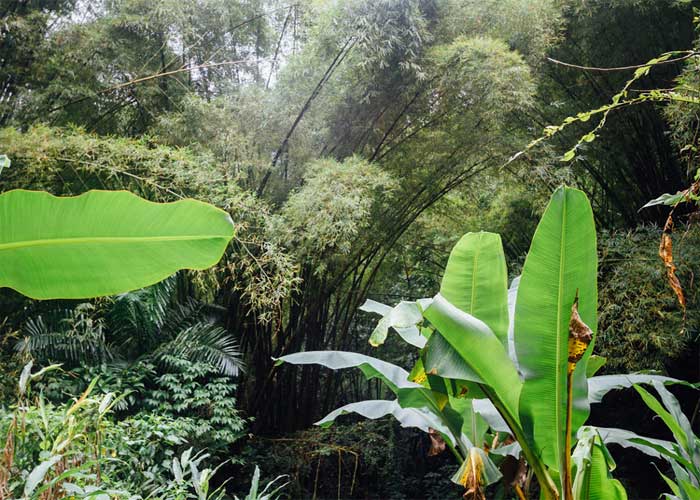Bamboo can be grown in a wide variety of soil and climatic conditions. Bamboo flourishes in valleys, on the lower slopes of hills, and in the vicinity of streams, rivers, ponds, and other water bodies. The majority of bamboo species grow at temperatures ranging from 7°c to 40°c, and in general, clump-forming species are generally present in humid tropics with an average temperature higher than 20oC. Most Indian bamboos are susceptible to damage through prolonged exposure to cold and frost.
Generally, rainfall promotes the growth of bamboo however, a combined effect of high temperature and rainfall promotes the growth. The optimum range of rainfall for bamboos ranges between 1200mm to 4000mm per year. The drought-resistant species like Dendrocalamus strictus can grow in semi-dry or dry deciduous forests. They prefer well-drained, poor, coarse, grained, and stony soils, widely adaptable to temperatures, tolerating occasional frosts with temperatures as low as -5°c and summer heat as high as 45°C. It can grow in tracts receiving rainfall as low as 750 mm to 4,000mm per year

In the case of monopodial bamboos like the genera, Phyllostachys prefers cool temperate zones with temperatures ranging 18-26°C with elevations from 1000 m to 2000 m or above; it is cold-resistant to some degree. So, while planting large-scale bamboo plantations, parameters like species selection (particular uses), the nature of rhizomes, agroclimatic features, cultivation spacing, etc., are equally important. Most of the species grow well in the plains and at altitudes of 400–500 meters and some species can thrive or prefer at higher altitudes of 1500 meters or above, especially species Sinarundinaria falcata, Phyllostachys aurea, Phyllostachys manni, Kuruna densifolia, Kuruna floribunda, etc.,
